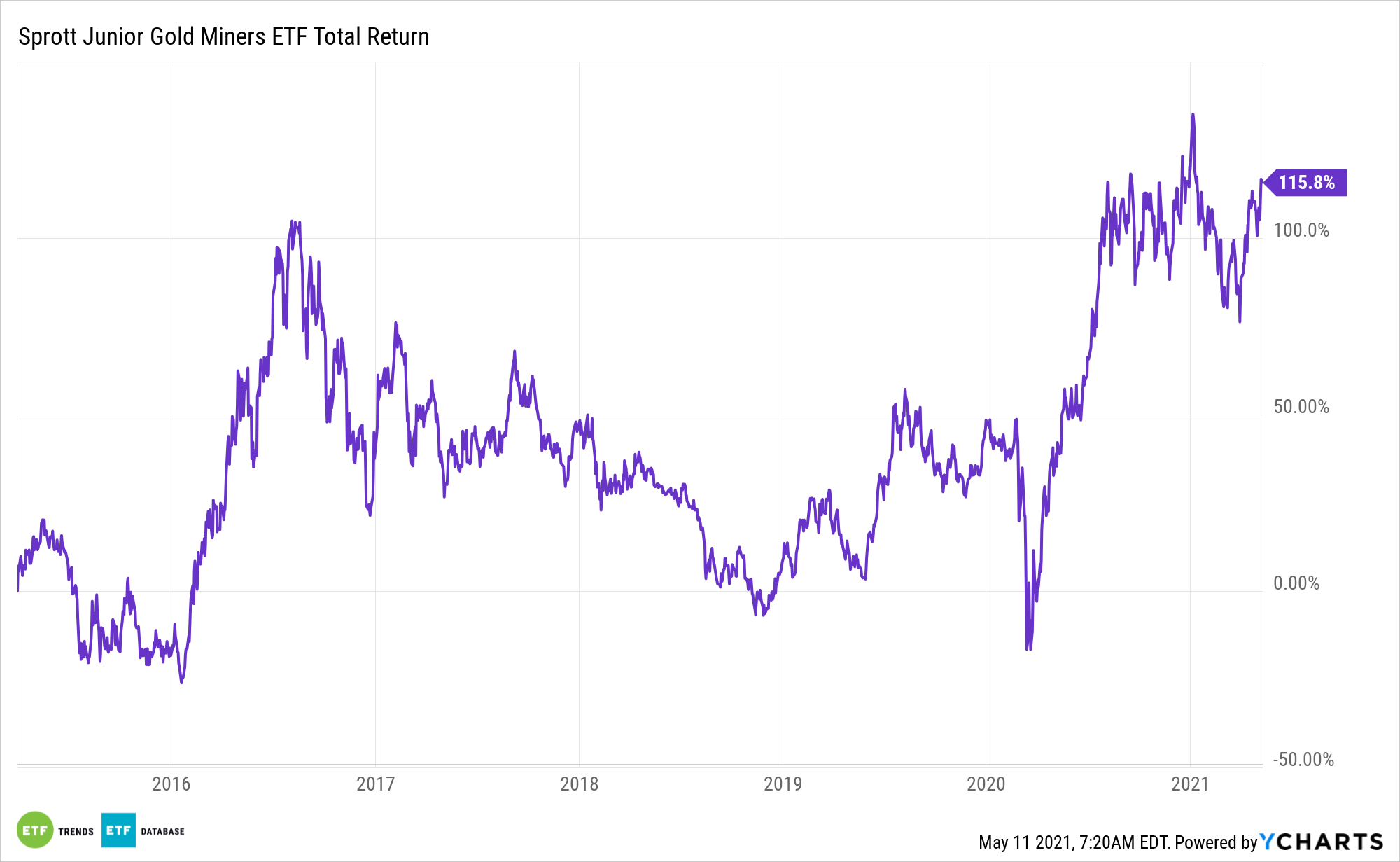To meet the Paris Agreement’s target of net zero carbon emissions by 2050, all industries will need to reduce their reliance on fossil fuels—including the gold mining sector, finds a recent report by the World Gold Council, produced in collaboration with Woods Mackenzie.
Roughly 99% of gold’s greenhouse gas emissions come from mining operations, and three quarters of those emissions stem from electricity generation and consumption, which are overwhelmingly fossil fuel-powered.
To drastically reduce emissions in a cost-effective way, the gold mining industry will need to act on plans to decarbonize its power generation.
Based on the current trajectory of these plans, emissions intensity of power used in gold production is likely to drop by 35% by 2030, found the report’s authors. Most of this reduction will come from companies pivoting away from direct site-generated electricity from diesel, heavy fuel oil, and coal.
As companies start relying on better grid connectivity and renewable energy resources to meet the power demand of mining operations, they will also need to shut down some of the highest emissions mining sites.
Combined, these factors should enable the industry to hit the “well-below” 2º climate target.
Possible Complications
Though the industry is well positioned to smoothly transition and hit the climate targets set by the Paris Agreement, there are several unknowns. Local governments and environmental conditions in the countries where the mining operations are situated will play a critical role in what is feasible.
Additionally, though several high emission mines are expected to close or experience substantial reduction in use, nothing is guaranteed. The active life of some higher-emission sites may be extended if the gold price outlook renders them economically compelling.
However, decarbonization isn’t an effort that must be undertaken mine-by-mine. Electrical grids are also increasingly incorporating renewable energy sources, such as solar and wind power. Grid-sourced electricity accounts for 57% of the power used in the 148 mines included in the study. Because these grids are transitioning to environmentally friendly energy sources, mines using those grids will also reap the benefits.
As a result, the average carbon intensity for the gold mining sector is expected to fall 20% the next decade, based purely on these factors.
Investors who want to position their portfolios for a precious metals industry that is preparing for climate change can look at the Sprott Gold Miners ETF (SGDM), which offers active exposure gold and silver miners, or the Sprott Junior Gold Miners ETF (SGDJ), which tracks junior gold miners.

For more news, information, and strategy, visit the Gold & Silver Investing Channel.








